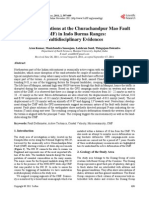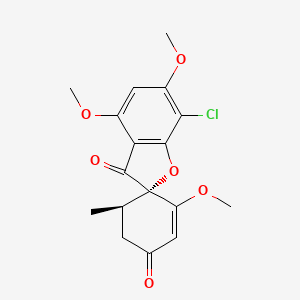Structural Analysis And Synthesis Rowland Solution Manual
Laboratory course in structural geology third edition stephen m rowland university of. Document read online structural analysis and synthesis solutions manual.

Chapter 10 Note to instructors Problems 10.5 and 10.6 could be posed in terms of overall strain instead of stress if the instructor desires. Answers for both approaches are given below.
Answers Problem 10.1 See solution on p. Problem 10.2 Orientations of principal stress axes will vary slightly among students. See solutions on p. 42: s1 ¼ 71 toward 212 s2 ¼ 18 toward 056 s3 ¼ 7 toward 323: Problem 10.3 Orientations of principal stress axes will vary slightly among students. See solutions on p.

Sep 29, 2018 - structural analysis and synthesis 3rd edition solutions manual. Sa, 13 Okt 2018 01:42. Rowland, Ernest. Duebendorfer, Ilsa M. Oct 8, 2018 - Analysis. Synthesis_Solution Manual. [Part2].pdf - Download as. Structural Analysis And. Synthesis Rowland Solution.
42: s1 ¼ 7 toward 118 s2 ¼ 10 toward 209 s3 ¼ 78 toward 353. Problem 10.4 Strain: Regional east–west shortening after the Mississippian. Regional east–west extension followed shortening. Orientation of faults in part governed by bedding surfaces during shortening. Stress: Early deformation: s1 ¼ east-west, s2 ¼ north-south, s3 ¼ vertical: Later deformation: s1 ¼ vertical, s2 ¼ north-south, s3 ¼ east-west: Problem 10.5 Note that events 2 and 3 below are permissively the same event; it depends on whether granodiorite is considered to be folded. Strain: North–south shortening in southeast block between Mississippian and Cretaceous (F1 folds). East–west shortening in southeast block between Mississippian and Cretaceous but after north–south shortening (Cretaceous granodiorite could be folded) (F2 folds).
Analysis And Synthesis Writing
East–west shortening through map area, post-Eocene, pre-Miocene (F3 folds). East–west extension, post-Miocene (normal faults).
Events embodied in the Bree Creek Quadrangle. There are a few relationships that are ambiguous with respect to timing. These are intentional and are designed to force the student into presenting evidence for his or her conclusions.
Deposition of Paleozoic rocks. Honda hra215sxa repair manual pdf. Folding of Paleozoic rocks about east–west axes. Folding of Paleozoic rocks about north–south axes (this event is arguably correlative with the folding of Eocene rocks, but we favor separating these events). Intrusion of the Cretaceous granodiorite.
Uplift and erosion to expose granodiorite and folded Paleozoic rocks. Deposition of Paleocene to Eocene rocks. Folding of these rocks about north–south axes. This was probably contempor- aneous with thrusting along the Mirkwood fault.
Uplift and erosion. Deposition of Miocene rocks. Either non-deposition or erosion of Tg unit prior to Tr deposition on northeast block.
Normal faulting on all faults (possibly contemporaneous with tilting below). Regional northward tilting. Erosion: complete removal (or original non-deposition) of Miocene rocks in vicinity of Gandalf’s Knob. Deposition of Pliocene unit. Tilting to north. ROWLAND / Structural Analysis and Synthesis xxxxxxxxxx410-17 Final Proof page 46 9.1.2007 3:38pm Compositor Name: PDjeapradaban Chapter 12 Answers and solutions Problem 12.1 Problem 12.2 Problem 12.3 Higher strain rates in the hinges of folds result in brittle deformation. The limbs of folds, experiencing slower strain rates, deform continuously without fracturing.
Structural Analysis Solution Manual Pdf
This problem reinforces the concept that strain rate is a very important aspect of rhe- ology; rocks that fracture at high strain rates will fold under relatively lower strain rates. Problem 12.4 These problems are intended to encourage students and their lab instructor to creatively explore the rheological properties of various materials.
ROWLAND / Structural Analysis and Synthesis xxxxxxxxxx410-17 Final Proof page 47 9.1.2007 3:38pm Compositor Name: PDjeapradaban Chapter 13 Answers Problem 13.1 sn ¼ 77:53 MPa; ss ¼ 35:95 MPa Problem 13.2 See solution on facing page Problem 13.3 sn ¼ 29 MPa; ss ¼ 12 MPa Problem 13.4 (1) See solution on p. (2) m ¼ 0:53 (3) u ¼ 59 Problem 13.5 Maximum spacing is 56.45 m (see solution on p.